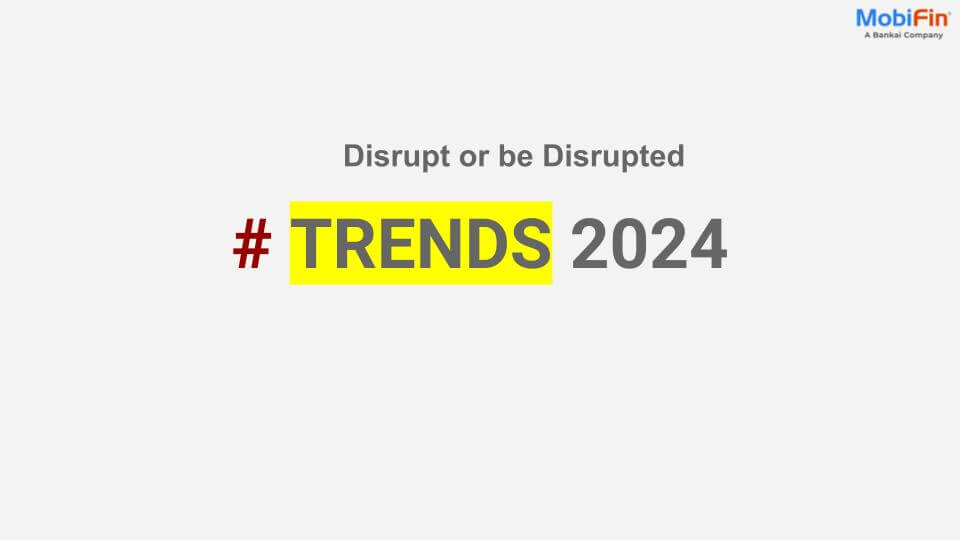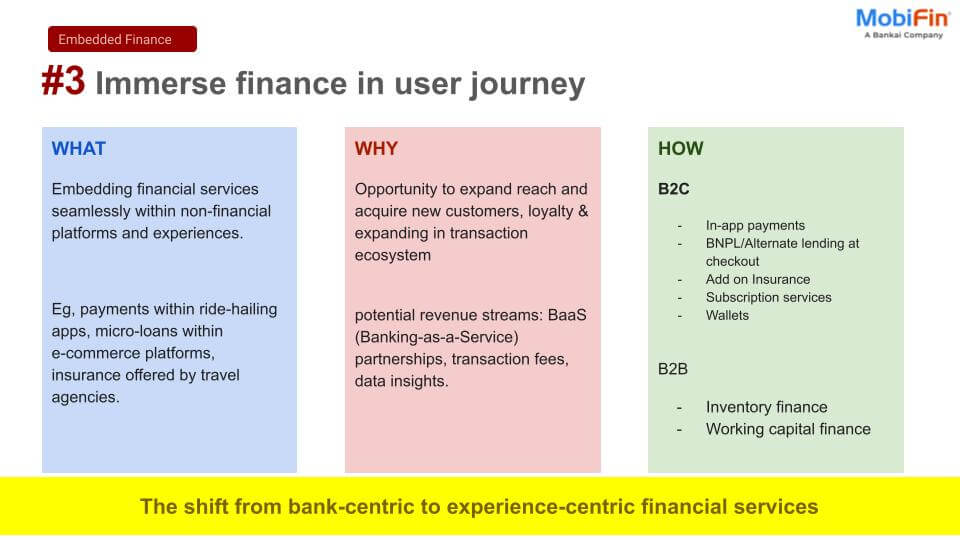Banking has entered an era where agility, compliance, and customer experience define competitiveness. Traditional core systems find it difficult to keep pace with evolving regulations and the always-on expectations of digital-first customers. Modernizing the core banking systems is no longer optional, it’s a tactical priority.
Embedding best practices into core modernization equips banks to stay ahead of competitors, accelerate innovation, and strengthen customer trust. These tactical practices show how future-ready platforms drive market leadership, sustainable growth, and long-term resilience.
Tactical Best Practices to Drive Competitiveness and Growth
1. Next-Gen Architecture & Resilience
Banks are adopting cloud-native architecture that remains compatible with legacy or multi-core setups. Enhancing systems with blockchain audit trails and digital identity features ensures resilience, phased migration capability, and stronger regulatory authentication. This balance between innovation and stability reduces disruption while future-proofing operations.
2. Agile Customer Onboarding
Modern core banking systems should support onboarding across multiple channels—branch, agent-led, mobile, or digital—through one unified platform. This flexibility accelerates time-to-market, improves customer reach, and ensures seamless multichannel experiences, turning onboarding from a bottleneck into a competitive advantage.
3. Unified Financial Product Handling
Managing diverse financial products such as loans, cards, deposits, and investments through a centralized clearing engine gives banks greater flexibility for product expansion. It also streamlines settlement processes, enabling institutions to roll out new services rapidly without re-engineering the core system.
4. Scalable Insights & Administration
Operational efficiency depends on visibility. Consolidating financial, operational, and administrative functions into real-time dashboards and customizable reports provides leaders the oversight they need. This transparency not only streamlines decision-making but also improves accountability and resource optimization across the organization.
5. Compliance & Anti-Money Laundering
Regulatory pressure is intensifying, making compliance a core requirement rather than an afterthought. Embedding AML/CFT compliance, audit trails, and advanced security features directly into the core minimizes risk while enhancing trust in financial data. Immutable audit tables and automated monitoring simplify audits and reduce exposure to regulatory penalties.
6. Real-Time Core Operations
Real-time capabilities are essential to customer trust. Features like instant account updates, automated interest calculations, seamless disbursements, and accurate liquidity management ensure error-free execution and elevate the customer experience. This shift transforms the core from a back-office engine into a customer-facing differentiator.
Why It Matters for Business Leaders
Modernizing the core is no longer an operational choice: it is a strategic imperative. Decisions made at the core affect growth trajectories, risk exposure, and the ability to remain competitive in a financial ecosystem shaped by disruption, regulatory scrutiny, and shifting customer expectations. Viewing modernization solely as an IT upgrade underestimates its influence. It is, in reality, the foundation of long-term resilience and profitability.
1. Agility and Strategic Responsiveness
Legacy platforms restrict banks to incremental change. In contrast, modular and cloud-native cores provide leaders with the agility to respond decisively to regulatory changes, competitive pressures, and market opportunities. Rapid scalability allows banks to launch new services or enter emerging markets without structural constraints, turning agility into a sustained strategic advantage.
2. Operational Coherence Across Business Lines
Fragmented systems across retail, corporate, and treasury operations create inefficiencies and inconsistent customer experiences. A unified core eliminates duplication, aligns processes, and ensures decisions are based on real-time, enterprise-wide data. This coherence reduces costs while equipping executives with a consolidated view to guide strategy with clarity and confidence.
3. Innovation as a Growth Lever
Competitive advantage increasingly hinges on the ability to innovate. Modernized cores shorten time-to-market by supporting agile product development and controlled experimentation. Leaders can pilot new offerings, refine them quickly, and scale successful initiatives. This innovation cycle not only drives revenue growth but also builds organizational cultures that are adaptive and forward-looking.
4. Compliance as Strategic Risk Management
Heightened regulatory scrutiny has elevated compliance from a procedural necessity to a strategic concern. Embedding AML, auditability, and automated reporting within the core minimizes exposure to financial and reputational risk. More importantly, it enables leaders to demonstrate transparency and strengthen trust among regulators, investors, and customers alike.
5. Efficiency, Resilience, and Customer Trust
Modernized operations reduce errors, downtime, and manual intervention, leading to lower costs and greater reliability. Real-time capabilities in payments, settlements, and liquidity management enhance both financial resilience and customer confidence. For decision-makers, this operational excellence becomes a direct driver of shareholder value.
Core modernization is not a peripheral technology project; it is a board-level priority. Leaders who embed tactical best practices into their transformation agenda will position their institutions to remain compliant, innovative, and customer-centric—qualities that define competitive strength in the digital-first era.
Conclusion
Core system modernization is more than a technology upgrade; it is the foundation for sustainable growth in a digital-first era. Banks that embed tactical best practices into their transformation journey will be better positioned to innovate, remain compliant, and deliver exceptional customer experiences. A future-ready core banking system is agile, compliant, scalable, and built for continuous innovation.
Book a demo today to discover how MobiFin’s Core Banking Solution can transform your infrastructure into a resilient and future-ready foundation for banking success.













